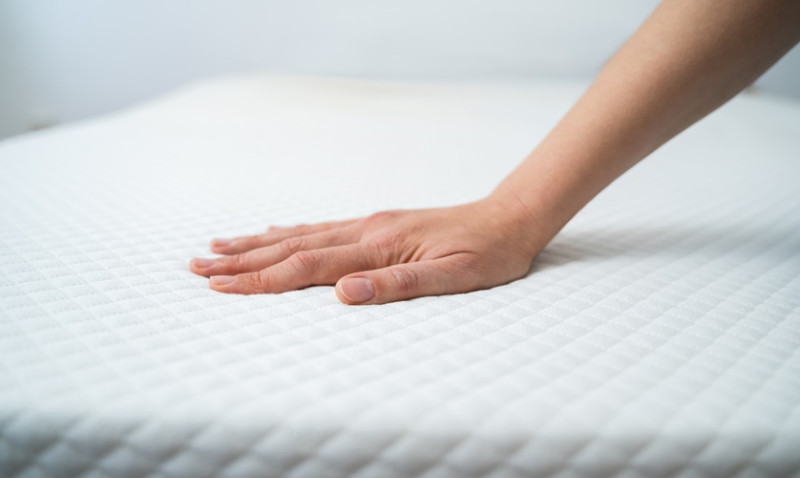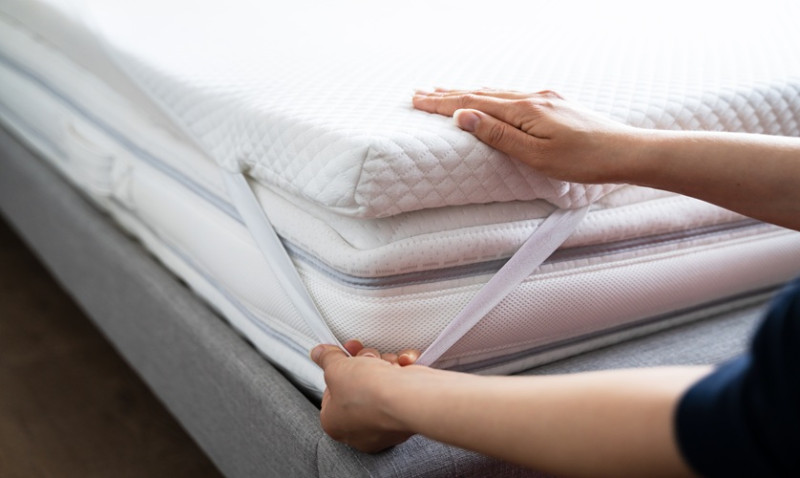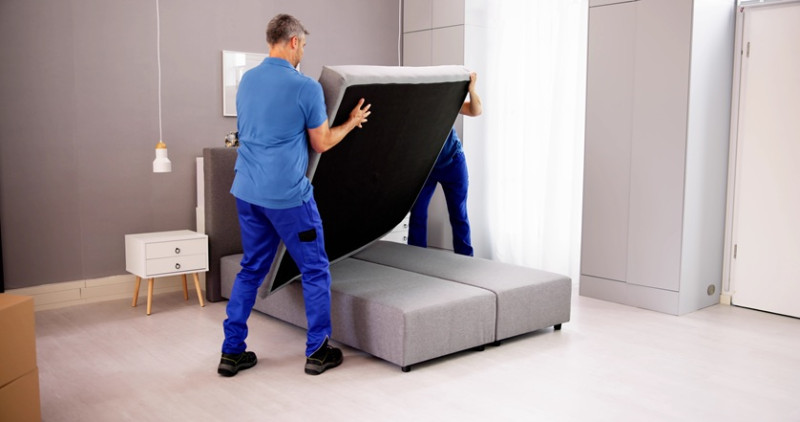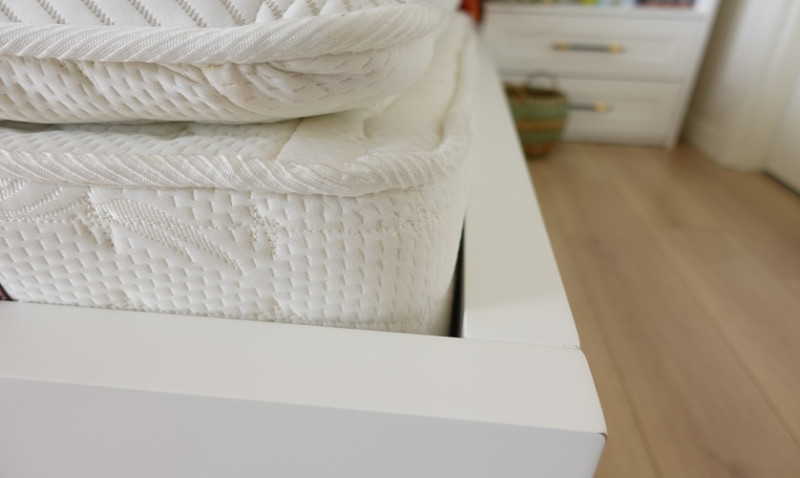
If you're in the process of redecorating your home or upgrading your bedroom, choosing the right mattress is essential for both your health and your comfort. For many DIY enthusiasts, young professionals, architects and interior designers—as well as tradesmen who spend long days on their feet—sleep quality is not just a luxury, it's a necessity. One of the most frequent debates in the world of sleep is centred around memory foam vs hybrid mattresses. Which one suits your lifestyle, budget, and sleeping habits better?
Whether you're outfitting a London flat with minimalist flair or renovating a rustic cottage in the Lake District, understanding the difference between memory foam and hybrid mattresses will help you create a space that is not only beautiful but also relaxing and restorative. Let’s dive into the key characteristics of each type and guide you toward making the best choice for your sleep needs.
What is a Memory Foam Mattress?
Memory foam mattresses are made entirely of specialised viscoelastic foam that adapts to the contours of your body. Originally developed by NASA, this type of foam reacts to body heat and pressure, moulding itself to your shape and reverting back once you get up.
One of the core benefits of memory foam is its excellent pressure relief. For professionals who stand or carry heavy loads all day—like builders, floor fitters or even active interior designers—this means less strain on sensitive joints and better spinal alignment.
Another reason memory foam is highly favoured among modern-day sleepers is due to its motion isolation. If you share a bed, memory foam can help minimise disturbances from a restless partner or a pet jumping on and off the bed. Great news for anyone needing uninterrupted sleep during busy London mornings!
Memory foam mattresses are also naturally hypoallergenic and resistant to dust mites, making them a practical choice for individuals with allergies or asthma. This suits many homes across the UK where damp weather can exacerbate allergic reactions.
However, it's important to note that traditional memory foam tends to retain heat. Although many newer models feature cooling gels or open-cell technology, it's still something to consider—especially in homes with unreliable airflow or during those humid summer months.
What Is a Hybrid Mattress?
Hybrid mattresses combine layers of memory foam or latex with an innerspring coil base. This fusion allows you to enjoy the cushioning and pressure relief of foam with the familiar support and bounce of a spring mattress.
The support layer of a hybrid mattress typically consists of individually pocketed coils, which offer targeted support and reduce motion transfer compared to traditional open coil systems. This makes hybrids an excellent option for couples or those who shift position frequently during the night.
If you're partial to the feel of a traditional spring mattress but still want a plush surface comfort, hybrids give you the best of both worlds. This dual-technology design is perfect for those in professions like surveying, plumbing or renovation, where physical exertion is high and recovery time is essential.
Hybrids also excel in breathability. The coils promote air circulation, helping to regulate your body temperature—a big advantage if you live in apartment buildings or lofts that get warm fast.
Nevertheless, hybrids can be heavier, costlier, and slightly noisier than memory foam mattresses. They’re also generally thicker, which can be an issue in homes with low platform beds or antique-style bed frames.
How Do They Compare? A Side-by-Side Look
| Feature | Memory Foam Mattress | Hybrid Mattress |
|---|---|---|
| Comfort & Pressure Relief | Excellent contouring, ideal for joint pain | Good balance of contouring and support |
| Support Level | Medium to medium-firm | Medium-firm to firm (adjustable via coil gauge) |
| Motion Isolation | Superior | Very good |
| Temperature Regulation | Fair, newer models offer cooling tech | Very good due to airflow through coils |
| Durability | 8–10 years if good quality foam is used | 8–10 years, coils can wear faster on cheap models |
| Price Range (UK) | £300–£1000+ | £400–£1200+ |
| Best Suited For | Side sleepers, couples, allergy sufferers | Hot sleepers, combo sleepers, those wanting firm support |
Which Mattress is Right for You?
Deciding between a memory foam and hybrid mattress ultimately comes down to your personal preferences, sleep habits, and the specific needs of your household. If you're someone living in a compact city flat and desire silent, low-motion surfaces, a memory foam mattress might be ideal for you.
For professionals who enjoy the responsiveness of traditional spring mattresses but want to avoid pressure points, hybrids offer a versatile solution—especially if breathability and firm edge support are important to you. They’re a favourite among tradesmen, who often need durable worktime recovery support after physically demanding jobs.
Consider your sleep position, whether you share your bed, and the climate in your home. For example, side sleepers may appreciate the cushion of foam, while back or stomach sleepers might prefer the firmer support of a hybrid coil structure.
Don’t forget to measure the height and weight capacity of your bed frame. Memory foam mattresses are usually lighter and lower in profile, while hybrids can be chunkier and heavier—important if you’re working within structural or aesthetic constraints in your bedroom design.
Final Thoughts
Both memory foam and hybrid mattresses offer quality sleep solutions tailored to different lifestyles. Whether you’re upgrading a rental property, shopping for clients, or investing in your forever bed, make sure the mattress you choose supports not just your body—but your dreams of beautiful home living too.
As the UK continues to see a rising interest in home improvement and wellness, there’s never been a better time to invest in a mattress that aligns with your daily routine. After all, your bedroom should be more than stylish—it should be a sanctuary.
Still unsure? Try to test both types in person where possible or order from retailers with trial options—because the right sleep makes all the difference in your day, your work, and your home.





